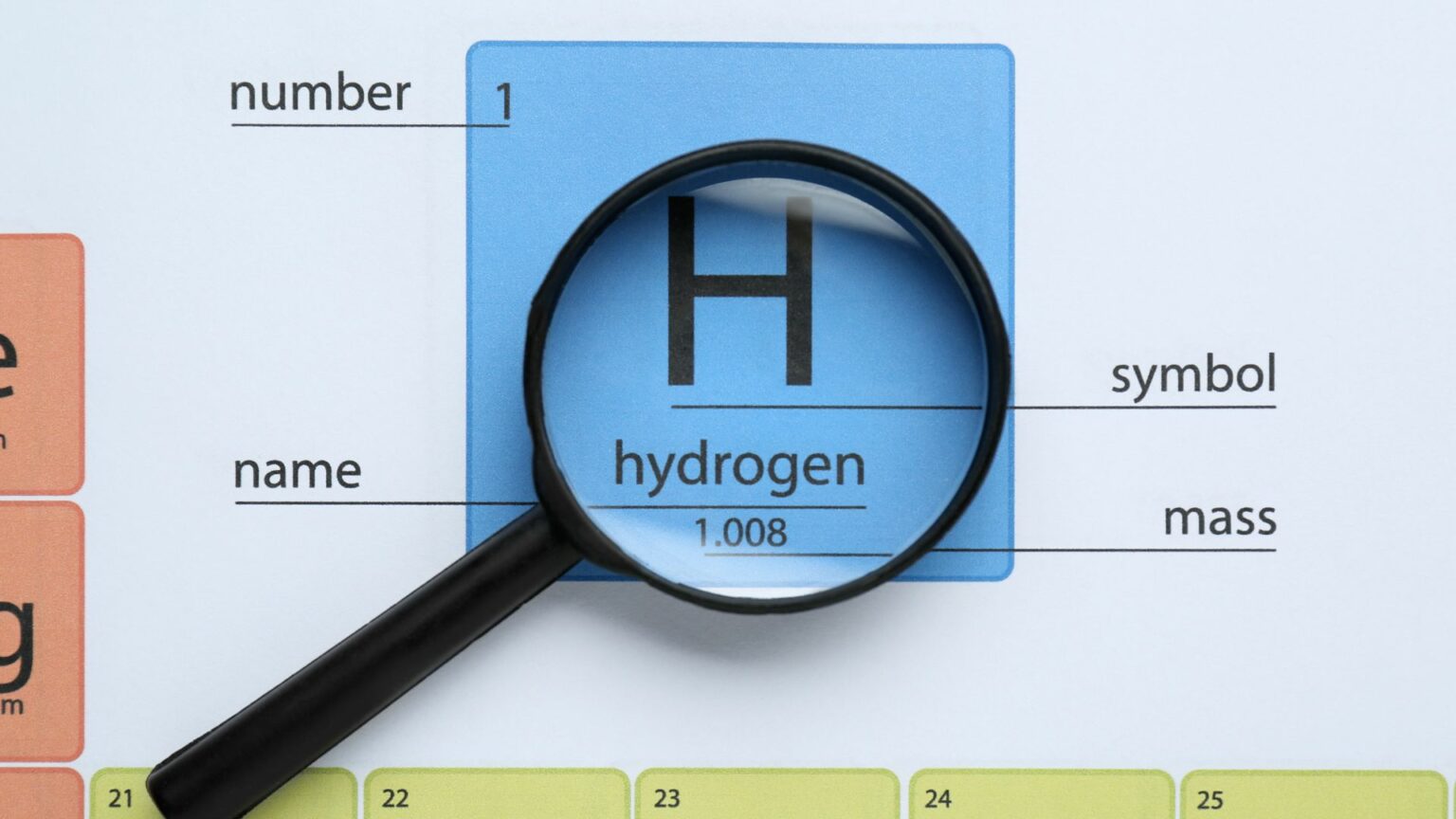European companies are entering an unusual phase of the energy transition: while renewable hydrogen production is expanding faster than demand, some buyers are signaling a readiness to pay sharply higher prices for the clean fuel.
Analysis of recent European Hydrogen Bank auctions shows that certain industrial and transport users are effectively accepting premiums of 30–100% over the cost of fossil-based hydrogen, a gap underpinned by new regulations and the still-high expense of producing hydrogen with renewable power.
Data from the EU’s first auction round in 2024 illustrated how quickly market signals are forming. Winning bids ranged between €0.37 and €0.48 per kilogram of hydrogen, even as developers in Spain estimated production costs near €5.50/kg. Subsequent bidding rounds confirmed this pattern: in 2025, general-budget projects cleared at €0.20–0.60/kg, while maritime projects offered up to €1.88/kg. The mismatch between bid prices and estimated costs highlights two dynamics. On one side, producers are relying heavily on subsidies to bridge the gap; on the other, end-users are prepared to cover part of the “green premium,” reflecting a mix of compliance pressure and strategic positioning.
Policy is a decisive driver. Under the revised Renewable Energy Directive (RED III), sectors such as ammonia, refineries, and other hydrogen-intensive industries must source 42.5% of their hydrogen from renewable or low-carbon sources by 2030. The EU Emissions Trading System is also tightening the cost of emitting carbon, further eroding the price advantage of grey hydrogen. In parallel, the European Hydrogen Bank links subsidy awards to credible offtake agreements, ensuring that buyers are not merely speculating but committing to purchase volumes at prices well above those for unabated hydrogen.
Despite these incentives, cost barriers remain formidable. The levelized cost of hydrogen in Europe often lies between €4 and €6/kg above grey hydrogen, depending on the availability of cheap renewable power, permitting lead times, and the maturity of local infrastructure. Even in regions with abundant solar and wind resources, like the Iberian Peninsula, many projects struggle to cover operational and capital expenses without public support or long-term offtake contracts. Analysts warn that overly optimistic bids could lead to a wave of projects unable to reach financial close, undermining confidence in the still-nascent market.
Sectors with few alternatives for deep decarbonization tend to be the most willing to shoulder higher prices. Maritime shipping and aviation, which face mounting scrutiny over lifecycle emissions, have accepted some of the highest bid levels in EU auctions. Refiners and fertilizer producers, already accustomed to handling hydrogen, are also prepared to pay more to hedge against regulatory risk and future carbon liabilities. Geographic factors shape the economics as well: developers in regions with strong renewable resources and streamlined permitting, such as parts of Spain and the Nordics, can offer more competitive supply than peers in areas with higher grid costs or slower planning systems.
For buyers, long-term procurement strategies will be essential. Committing to multi-year supply contracts, or embedding green hydrogen requirements into product standards, can give producers the confidence to build at scale and drive down costs. Without that alignment between policy, production economics, and offtake security, the premiums currently underwriting the growth of Europe’s green hydrogen market may prove fragile. The balance between regulatory pressure, financial risk, and technological learning will determine whether today’s early adopters are paving the way for cost-competitive hydrogen—or merely absorbing a temporary surcharge in an uncertain market.
Stay updated on the latest in energy! Follow us on LinkedIn, Facebook, and X for real-time news and insights. Don’t miss out on exclusive interviews and webinars—subscribe to our YouTube channel today! Join our community and be part of the conversation shaping the future of energy.
